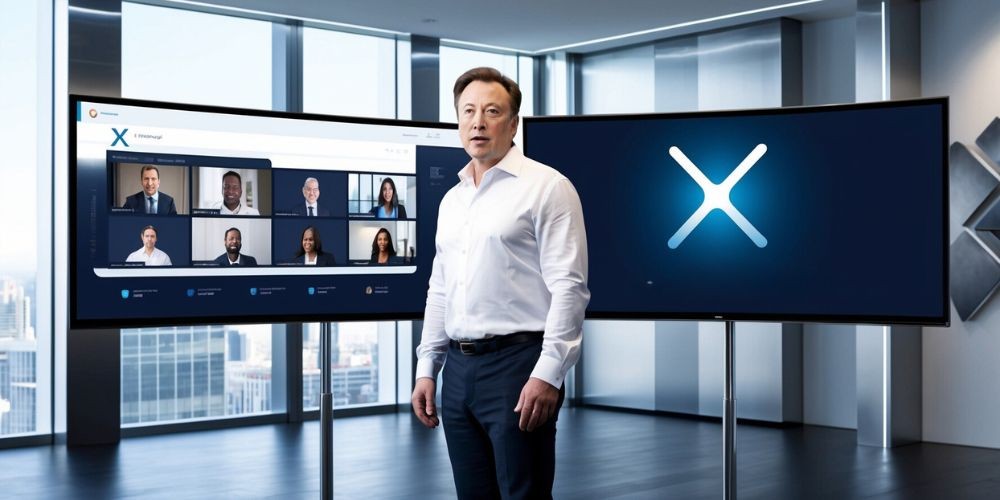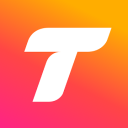X Takes Aim at Zoom, Google Meet with New Video Conferencing Tool
Aug-28-2024

X, the tech company owned by Elon Musk, is gearing up to shake the world of video conferencing. Known for challenging industry leaders, X now sets its sights on platforms like Zoom, Google Meet, and Microsoft Teams. This move follows the company's recent expansion into job listings and payments, signaling a broader strategy to diversify its offerings. Recent internal tests have shown promise, as confirmed by an enthusiastic response from X's team members.
Chris Park, an X employee, shared that the team held their first internal conference using the new tool. The feedback was overwhelmingly positive, lending credence to the potential of this new venture. Features like speaker pinning and enhanced notifications for people joining or leaving the meeting are already in the pipeline. Musk himself fueled the excitement by responding with a fire emoji — his signature endorsement style, given X's current no-comment media policy.
In a revealing post, app researcher P4mui showed that users might soon be able to create meetings directly from the iOS app. The setup looks user-friendly, allowing both immediate and scheduled meetings, which is a staple feature in other major conferencing tools. Another researcher, Nima Owji, hinted at increased security measures, like unique codes for each meeting, adding a layer of rigor aimed at securing calls and keeping uninvited guests out.
X's venture into this space is strategically sound. While the platform already supports live video streaming through its Spaces feature, combining live streaming with traditional video conferencing could offer a unique selling point. Current leading platforms excel at either conferencing or streaming, but few do both seamlessly. This integration might just give X a competitive edge, provided that they handle the rollout effectively and learn from past mistakes.
However, X must tread carefully to avoid past missteps. When they launched the calling feature earlier in the year, the lack of default privacy protections caused concerns among users. Therefore, before they make the video conferencing tool widely available, it’s imperative to bolster their privacy and security protocols. This will undoubtedly help gain public trust and ensure a smoother, more successful rollout.







